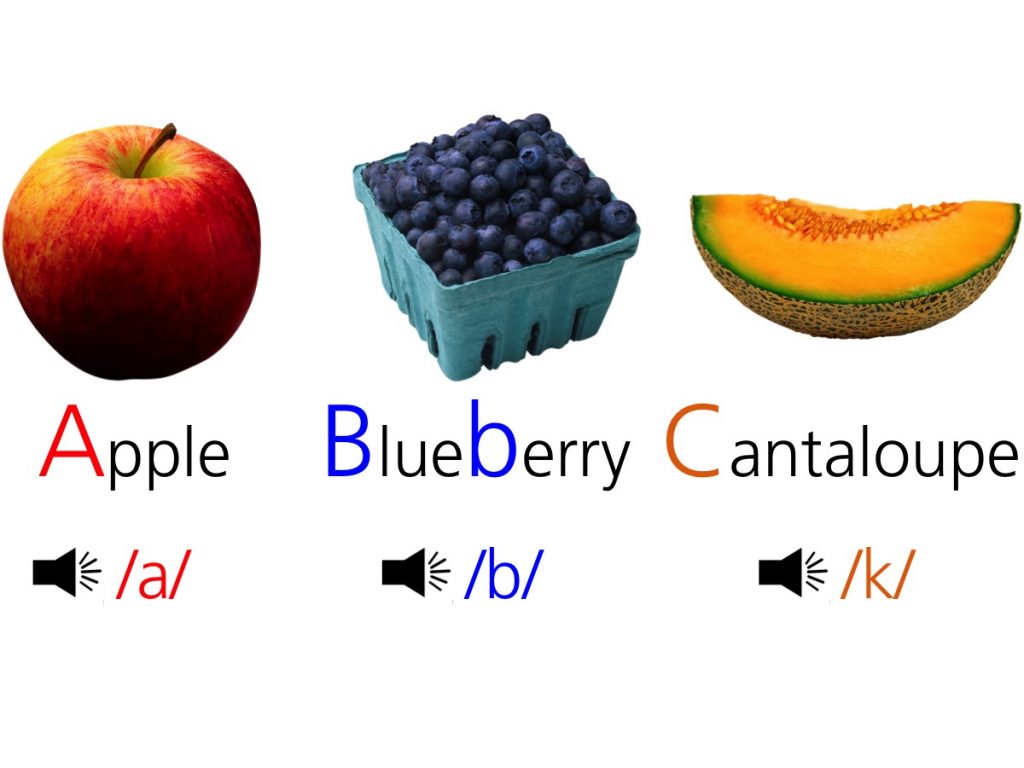
From birth, the infant brain is wired to gather information from experiences. Every day, babies learn about the world around them and about the role that language and communication play. The experience a child gains is critical to their foundation for literacy. By three years of age, a child’s speech skills and vocabulary predict how easy it will be for them to learn to read and write. This is because a child’s exposure to language introduces them to an important building block for literacy: phonemes. Phonemes are the smallest unit of speech sounds that combine to form words. These small sounds take on important new meaning when children learn the alphabet.
-
- Auditory
- related to hearing
- Genes
- the inherited biological ‘recipe’ for appearance and other individual characteristics
- Literacy
- the ability to read and write
- Neurons
- cells located in the brain and throughout the body that are specialized to communicate messages
- Phoneme
- the smallest unit of speech (a sound)
- Phoneme “play”
- manipulating sounds that make up words
- Phonological awareness
- the ability to identify and manipulate individual sounds in spoken language
- Primary visual cortex
- an area in the brain responsible for interpreting visual information
- Retina
- neural cells at the back of the eye that are sensitive to light
- Skilled reader
- a reader who is able to focus on comprehension, rather than on sounding out words
- Visual word form area
- the area of the brain responsible for recognizing words during reading